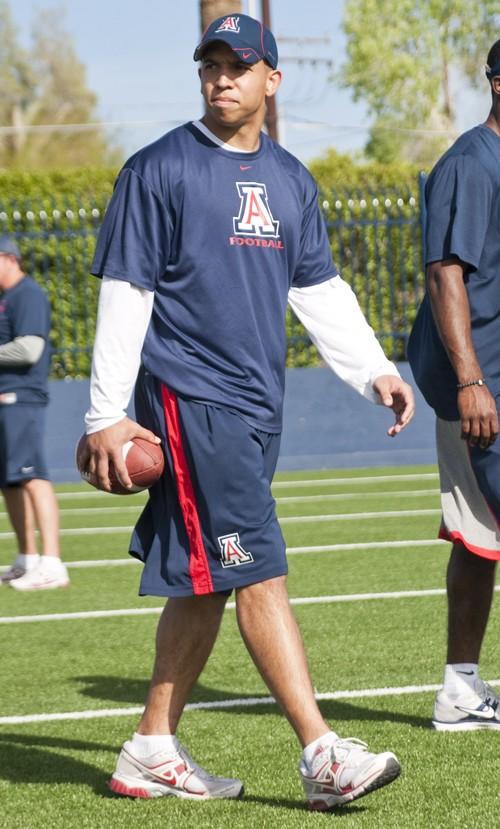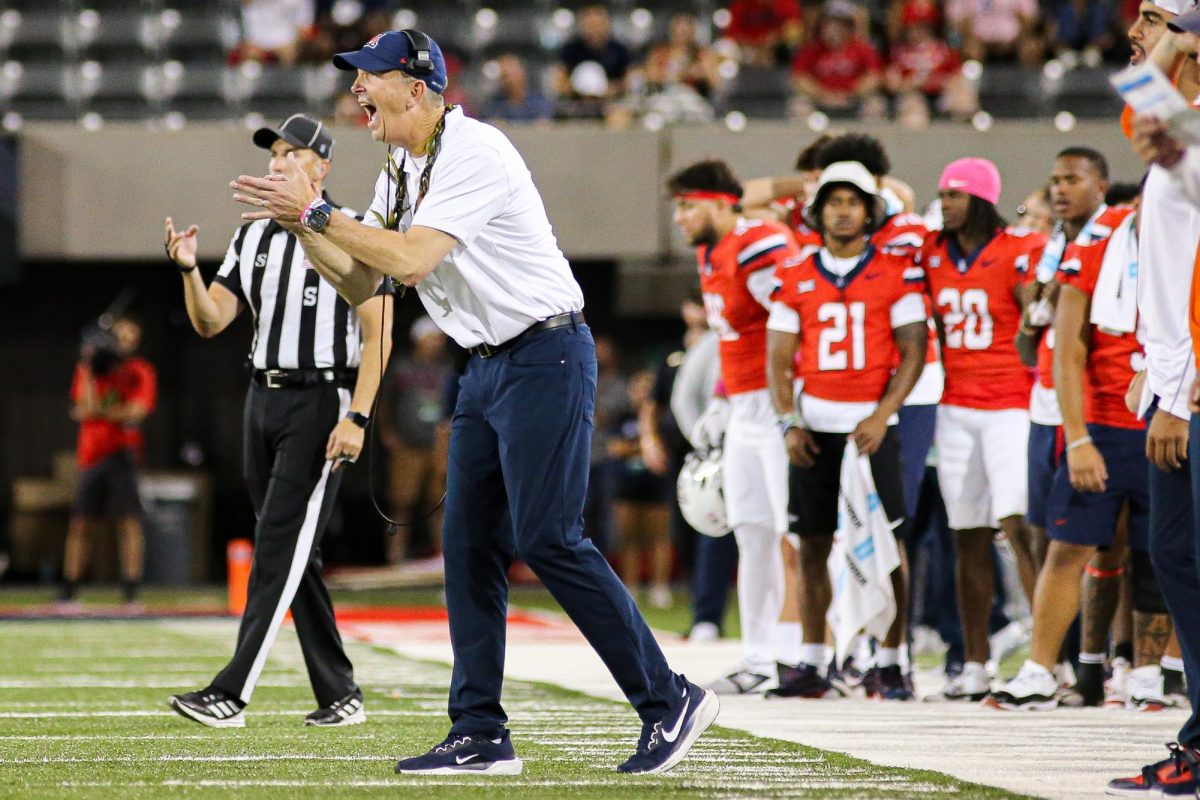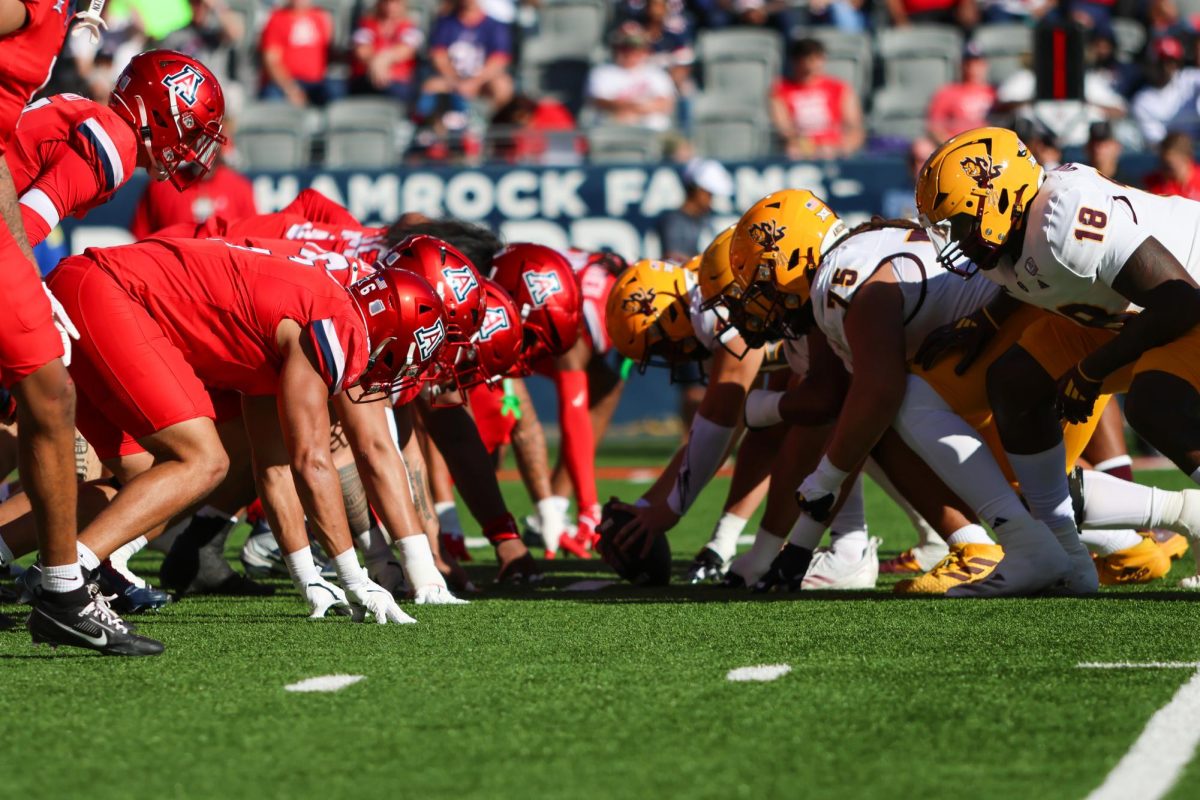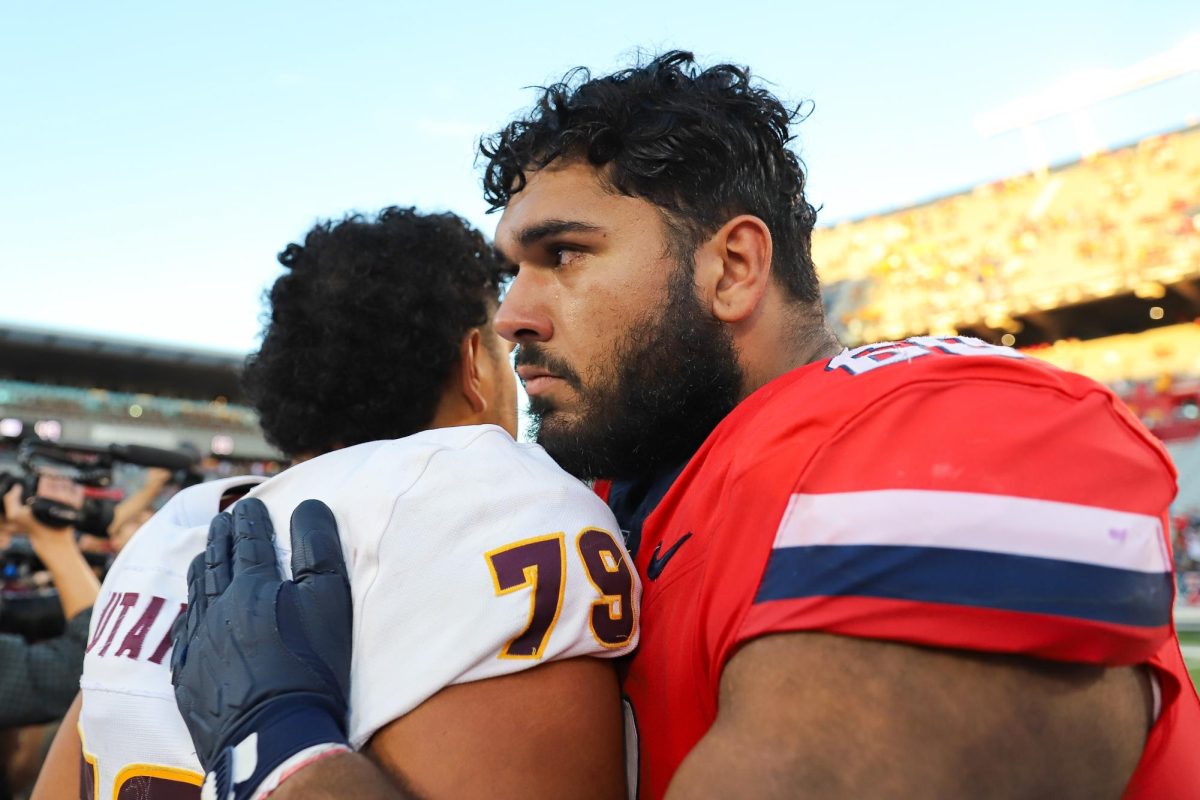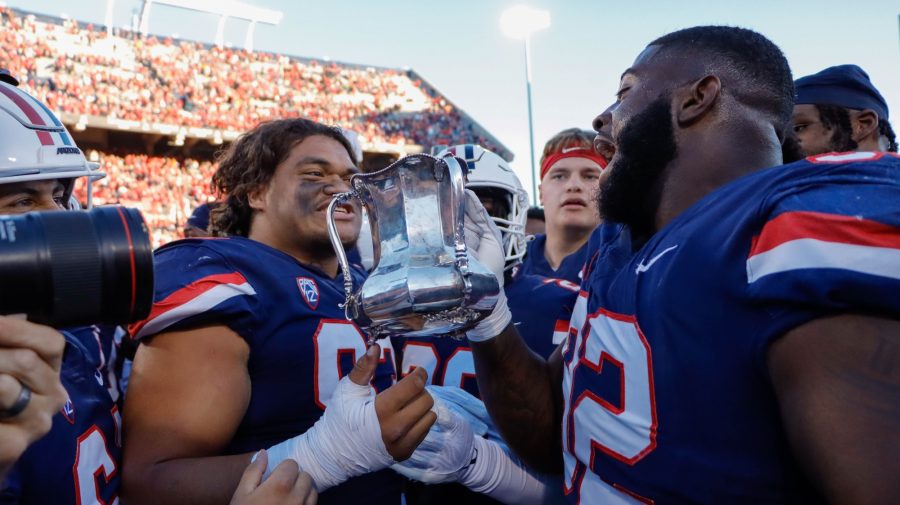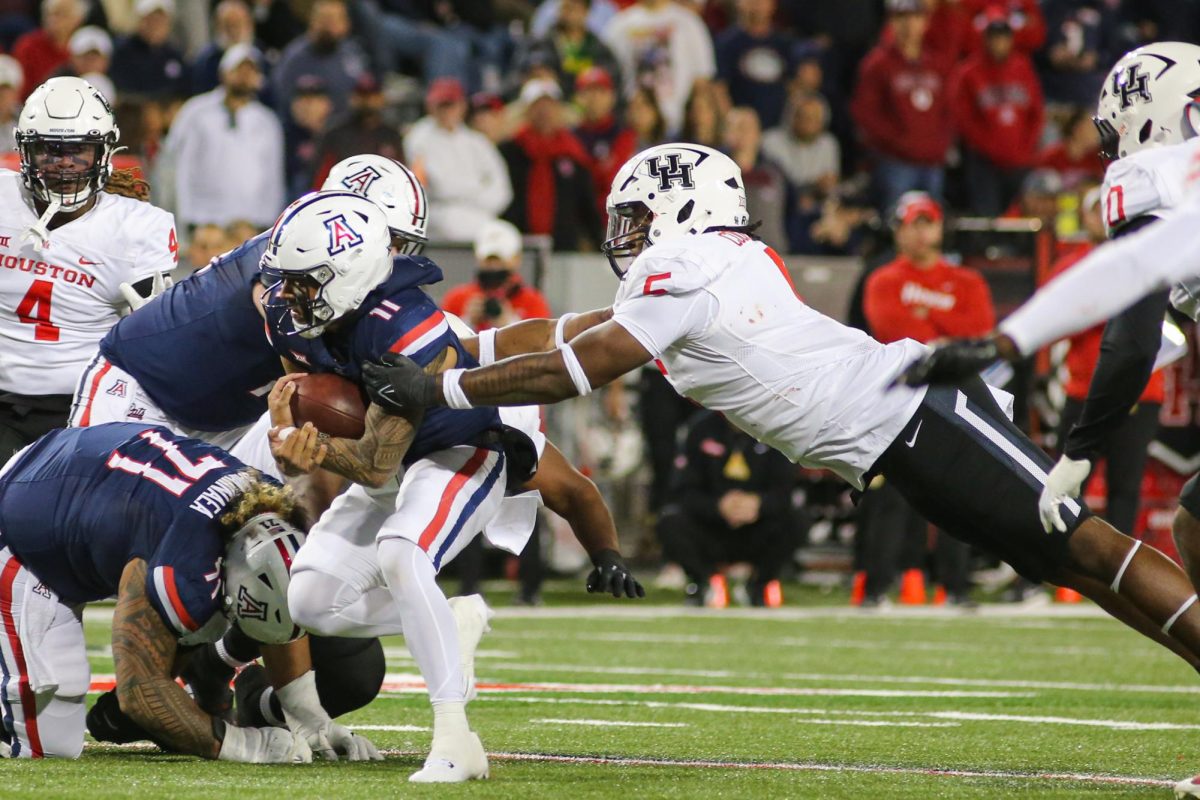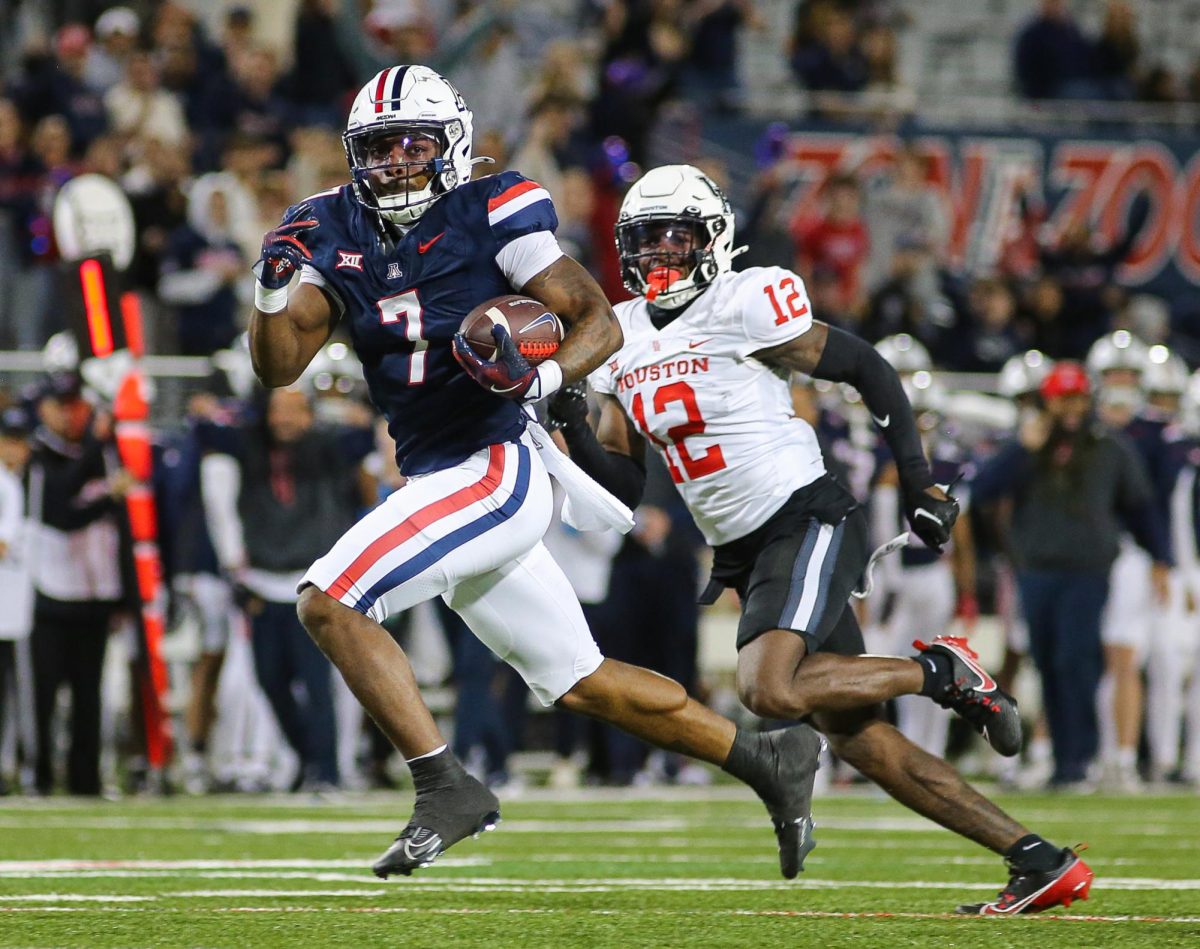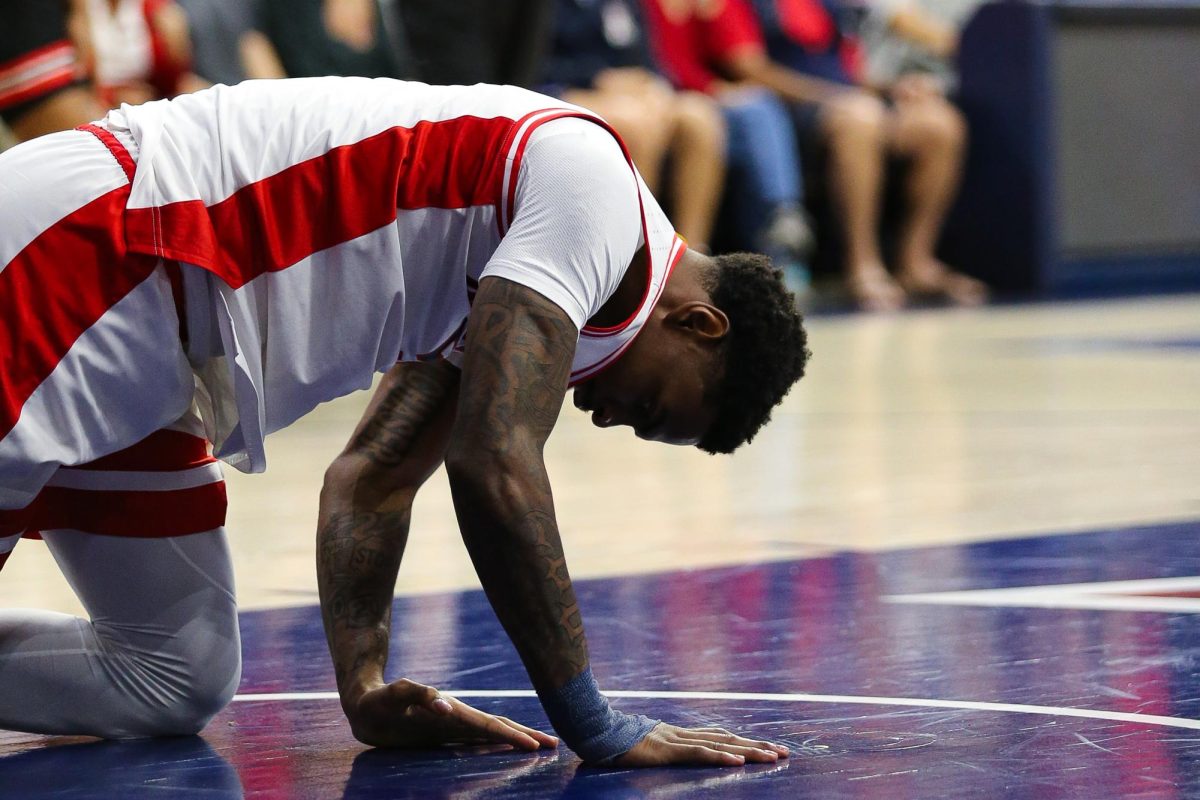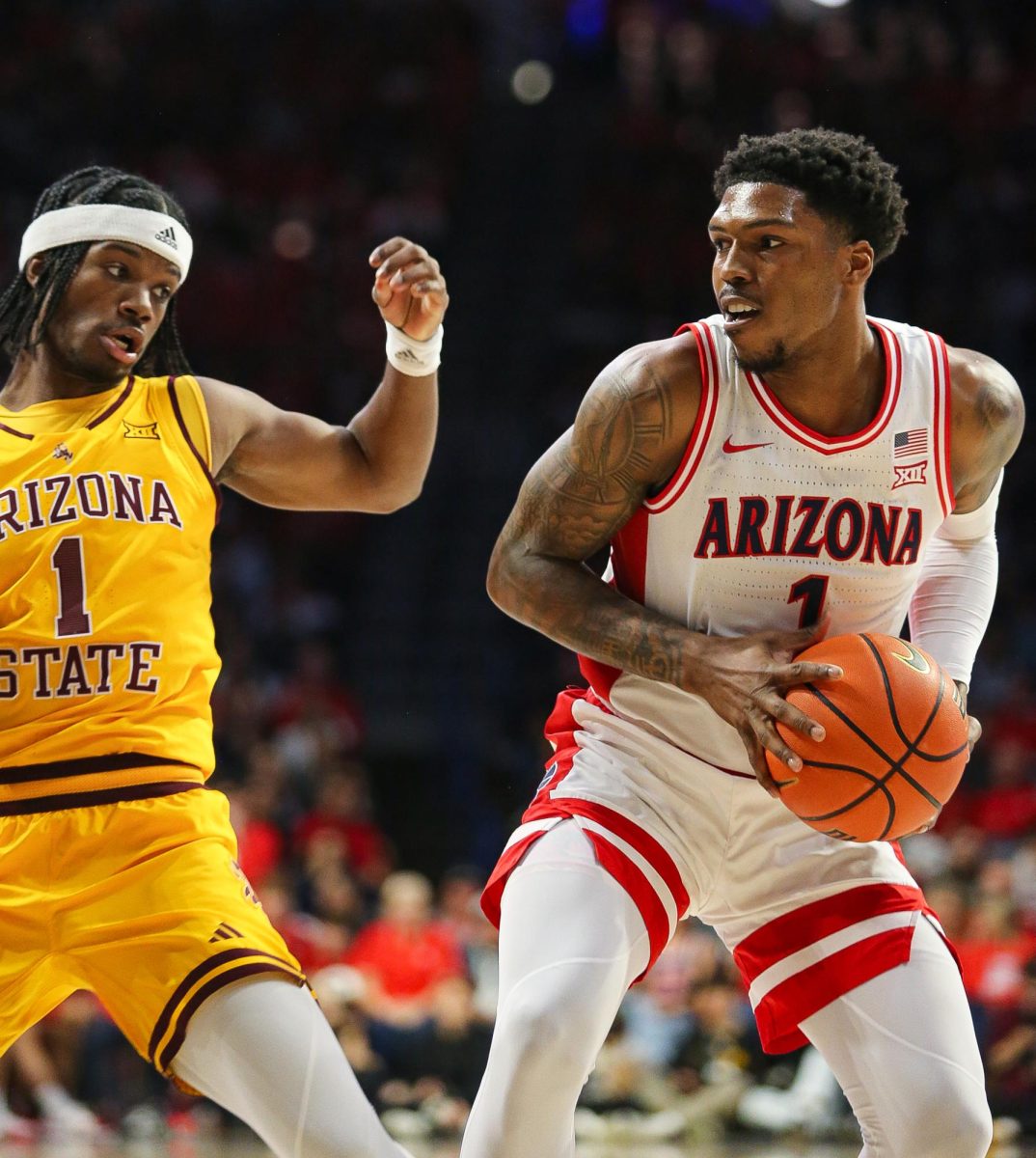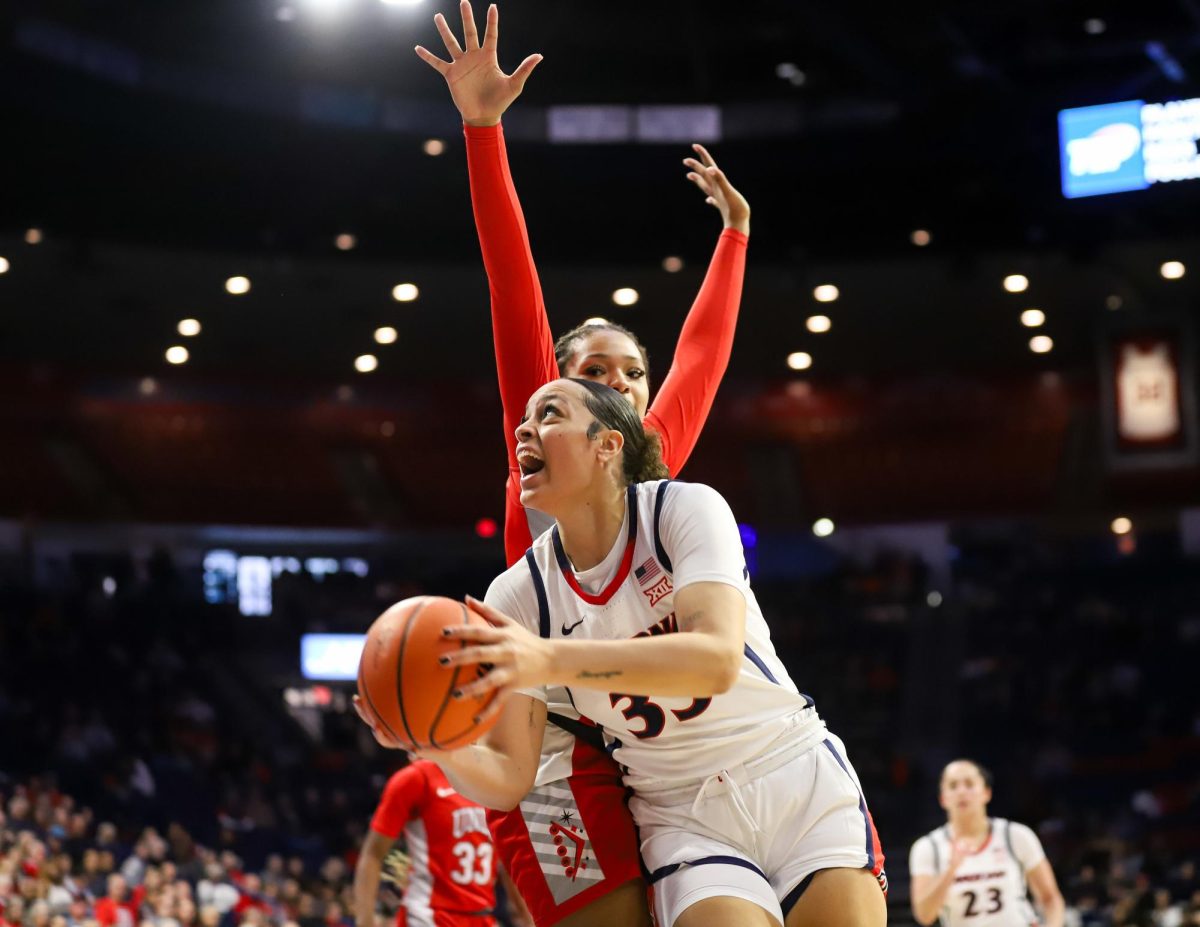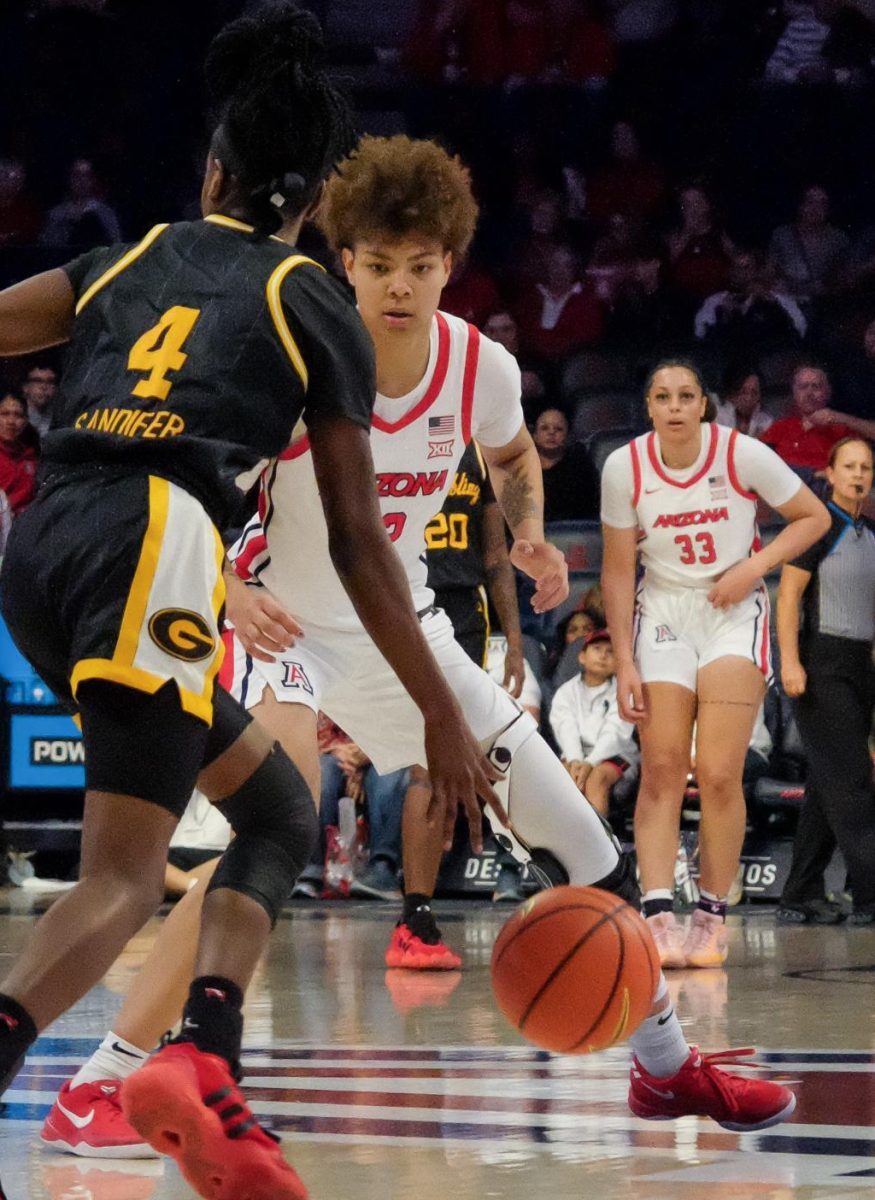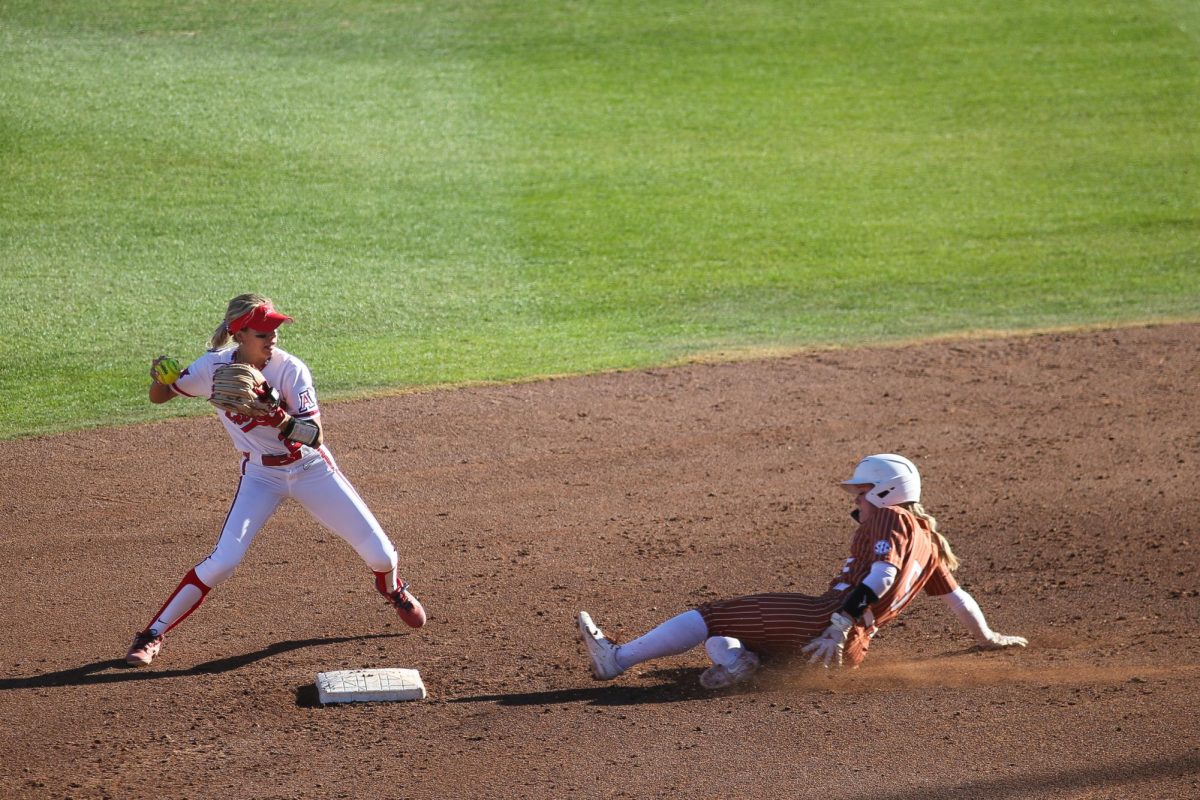The average career path of a collegiate coach is full of ups, downs, twists and turns. It usually takes years of experience and a handful of accomplishments for a coach to earn his stripes, and even then a few bad seasons could leave him jobless.
But Ryan Walters only needed five months.
After joining Arizona’s football staff as a graduate assistant in August of 2010, the 25-year-old Walters quickly turned heads with his coaching ability and knowledge of the game.
Walters pinch-hit for former Wildcats secondary coach Greg Brown — who left to coach at Colorado — in the 2010 Valero Alamo Bowl and was named full-time secondary coach in late-February.
The youngest coach in the Pacific 10 Conference called his first gig a “”dream come true”” and continually called himself “”blessed”” for the chance to coach at age 25.
Although Walters took an accelerated path through the coaching ranks, his age and inexperience shouldn’t discount his coaching prowess.
“”Obviously, everybody takes different avenues,”” Walters said. “”It’s a blessing to be this young and have this opportunity, but at the same time I’m not going to apologize for being young. I worked hard to get to where I am.””
Walters, who was a 33-game starter at safety for Colorado, learned to master technique under Brown as a player, and then continued that apprenticeship at Arizona when he came to Tucson with his former coach.
“”Playing for (Brown) at Colorado was key for me,”” Walters said. “”Understanding conceptually what to get done on defense and the way he carries himself and the amount of work he puts in really is what I try to strive to be.””
Thanks to Brown, along with Walters’ dedication and growth as a coach, he’s quickly gained the trust of head coach and former safety Mike Stoops, as well as his equally youthful secondary.
“”He brings a lot of energy to you, and he’s got a lot of respect for the players because he’s close to our age and all, but it still doesn’t mean anything. He’s our coach and he has the authority,”” said soon-to-be senior cornerback Trevin Wade.
“”I think it’s pretty good on a personal level because he can relate to you better than an older guy,”” Wade added. “”If we had a problem I’m sure everybody would be comfortable going to him.””
The secondary certainly had its fair share of problems last season, and it’s up to Walters to not only develop youngsters like Shaquille Richardson, Jonathan McKnight and Marquis Flowers, but also to help bring Wade back to the All-Pac-10 form he showcased in 2009.
Arizona did rank fourth in the Pac-10 in pass defense last season, but it was exposed through the air during the season, most recently in the Alamo Bowl when Oklahoma State threw for 240 yards and two touchdowns — most of those came in the first half before the Cowboys began to run out the clock in the second half.
The secondary also struggled to force turnovers in 2010, coming up with only nine interceptions, which was tied second-to-last in the conference.
Now with projected starter Adam Hall out for up to seven months with an ACL injury, Walters’ job gets even more difficult.
Even with the injury — which will force cornerback Robert Golden to slide over to safety — Walters sees the potential in his young group.
“”They love to work hard and they’re talented so I feel like they have a chance to do something special here at Arizona,”” Walters said.
But it isn’t just his players that are under the microscope. Walters is out to prove himself as a coach, and show that he wasn’t just a hire-by-default after formerly-hired Duane Akina decided to head back to the University of Texas.
He’s been on Arizona’s staff for less than seven months, and has zero coaching experience elsewhere. But Walters has the tools to revitalize Arizona’s secondary while making a name for himself, and if all goes as planned, he’ll be a Wildcat for years to come.
“”Any time you can get a program like this, it’s a great community, great staff,”” Walters said. “”I’m trying to stay here as long as I can.””



